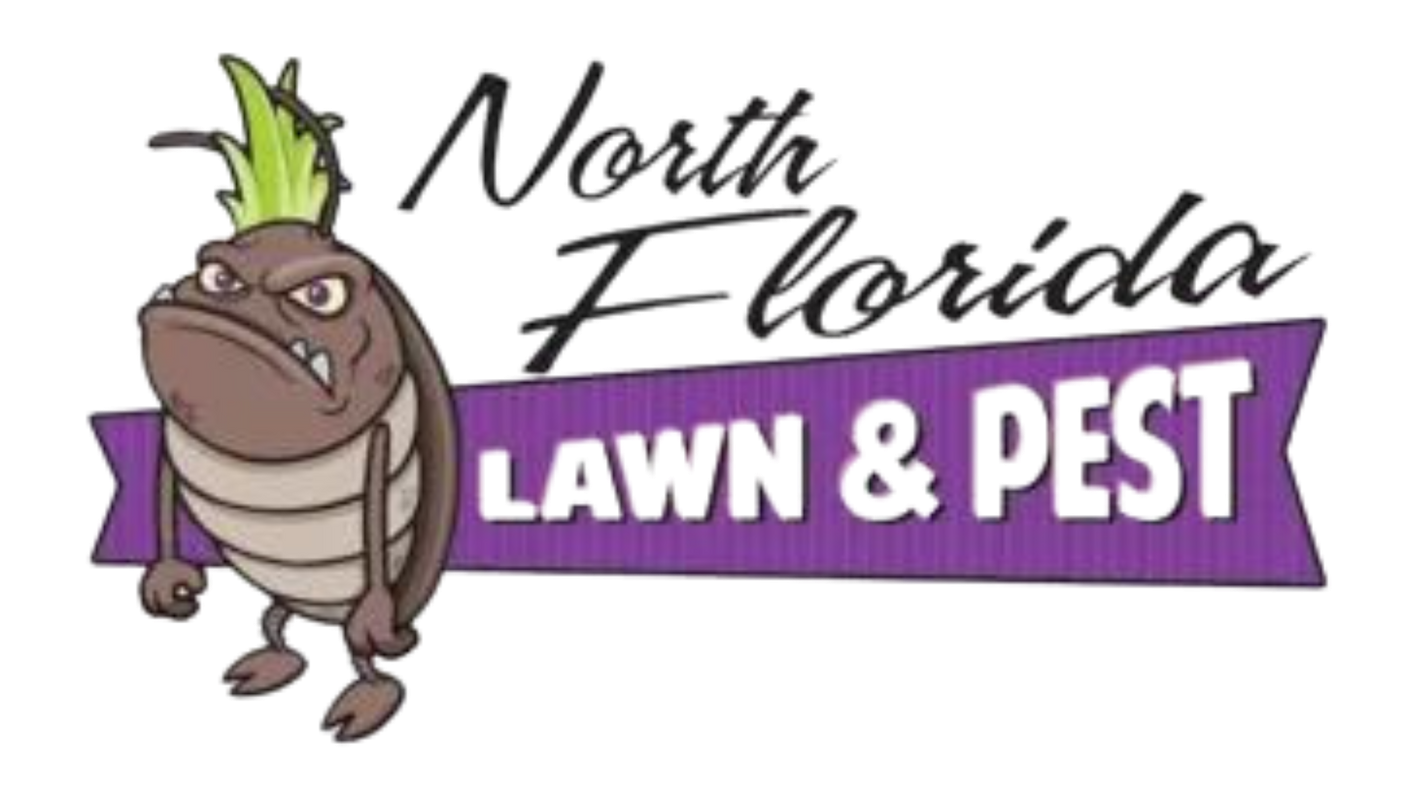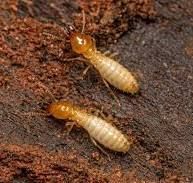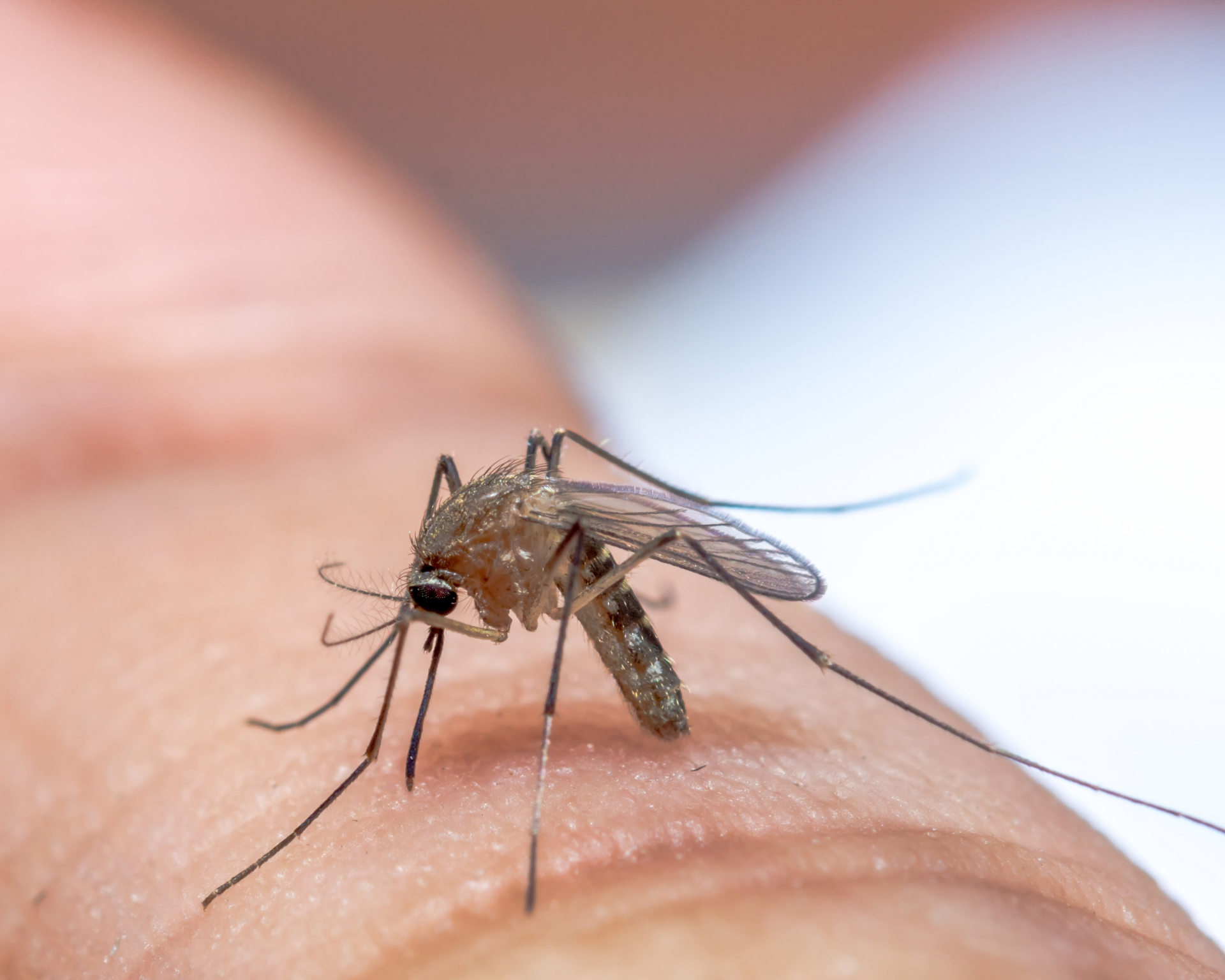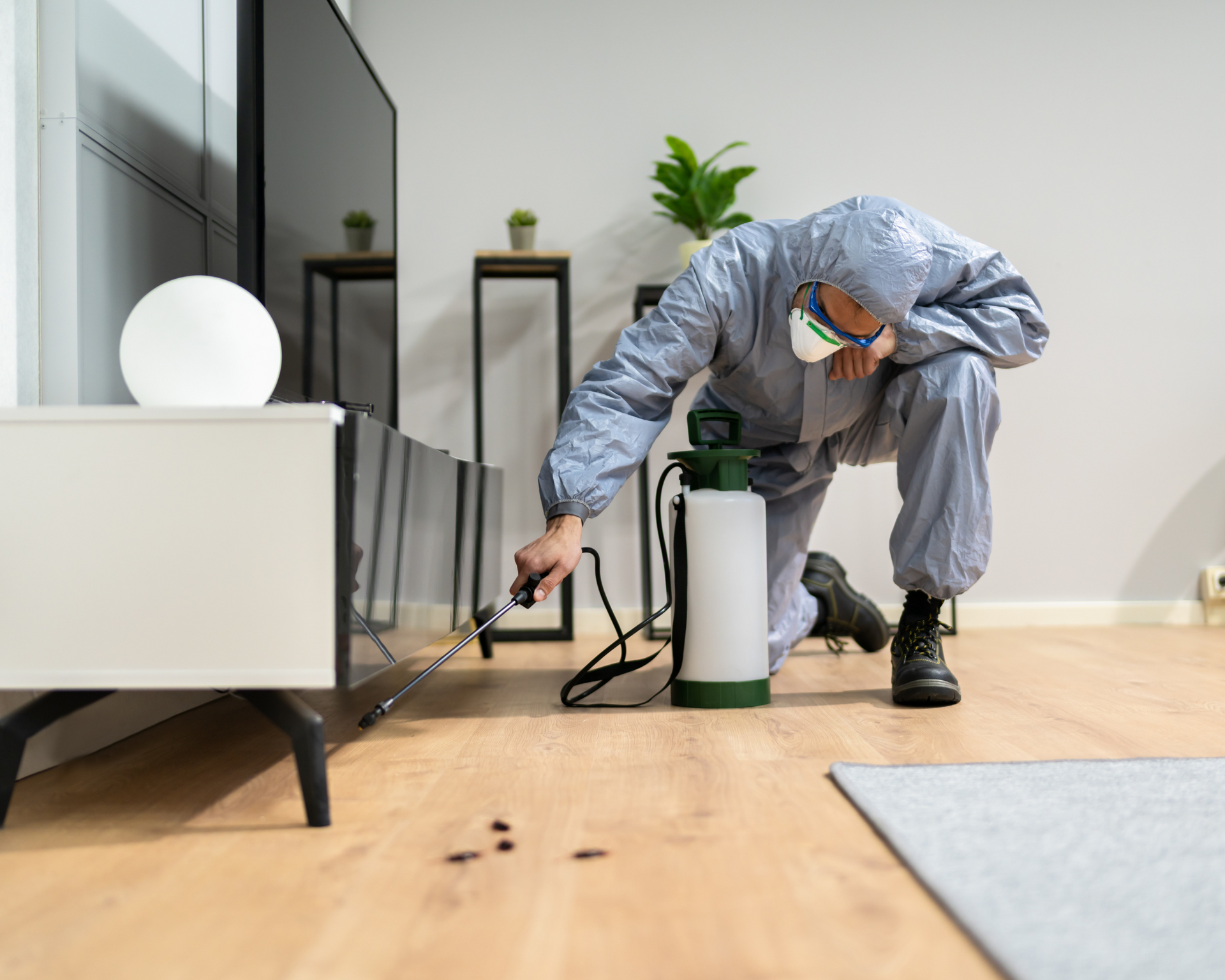How Do Pests Affect Indoor Air Quality?
Various Ways Pest Affect Indoor Air Quality
When you think about pests, you probably picture creepy crawlers like cockroaches, mice, or even ants getting into your kitchen. But did you know pests can also make the air inside your home unhealthy to breathe? That’s right—pests don’t just damage your food or furniture. They can also mess with your indoor air quality. That’s why investing in professional pest control services is essential—not just to get rid of the pests you see, but also to protect the air you and your family breathe.
Let’s look at how pests affect the air you breathe and what you can do to protect your home and health.
What Is Indoor Air Quality?
Indoor air quality means how clean or polluted the air is inside your home. Good air quality means you’re breathing in fresh, clean air. Poor air quality means the air is full of dust, allergens, mold, or even harmful chemicals. Bad air can make you feel sick, sneezy, or tired, and it can even make asthma or allergies worse.
Pests play a big role in lowering indoor air quality. Here’s how.
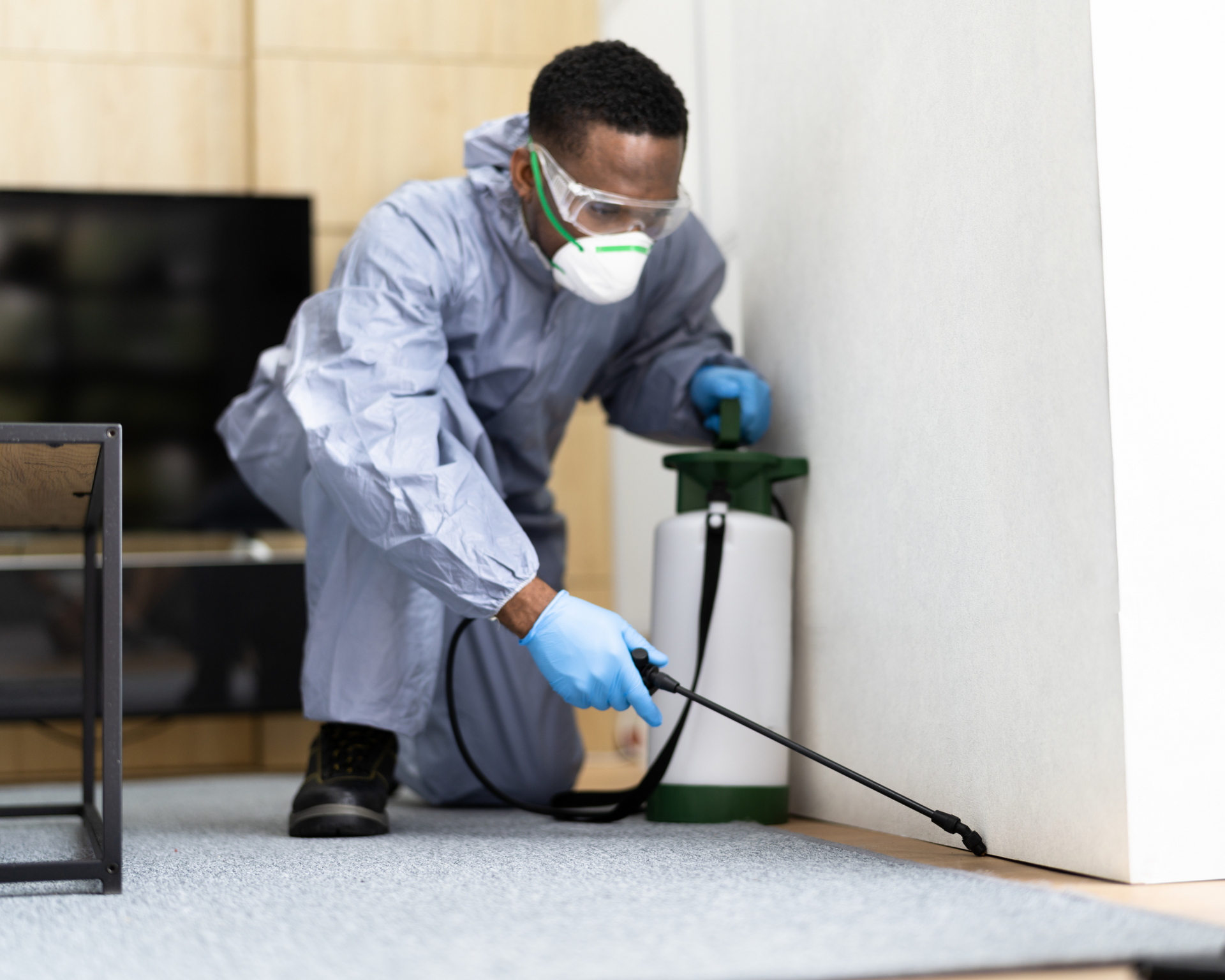
1. Pest Droppings and Urine
One of the biggest ways pests ruin indoor air is through their waste. Rodents like mice and rats leave droppings and urine as they crawl through your home. These droppings dry out and turn into tiny dust particles. Once in the air, they can be breathed in without you even knowing.
This can lead to:
- Sneezing
- Coughing
- Watery eyes
- Breathing problems
- Asthma attacks
People with allergies or lung issues are especially at risk.
2. Pest Body Parts
It might sound gross, but when pests die or shed skin, their tiny body parts can break into bits. These pieces get mixed into the air as dust. Cockroaches, for example, leave behind skin and other body parts that can become airborne.
Breathing in these particles can cause:
- Allergic reactions
- Skin rashes
- Trouble breathing
- Chest tightness
Even if you can’t see them, these pieces float around and pollute the air.
3. Mold from Pest Activity
Pests like termites, rats, and cockroaches love damp, dark spaces. If they damage wood, pipes, or insulation, they can cause leaks or create moist areas where mold can grow.
Mold releases spores into the air. When you breathe in these spores, you might experience:
- Coughing fits
- Headaches
- Sore throat
- Runny nose
- Asthma flare-ups
So, when pests bring in mold, your air becomes even more unhealthy.
4. Pest Nests and Bacteria
Rodents often build nests using paper, cloth, or even insulation. These nests can become breeding grounds for bacteria, parasites, and other germs. When disturbed, the dust from these nests can carry harmful particles into the air.
This bacteria-filled dust can lead to:
- Infections
- Fevers
- Lung problems
- Food poisoning (if it gets on kitchen surfaces)
That’s why it’s important to remove pest nests quickly and safely.
5. Strong Odors
Have you ever smelled a musty, strange scent and later found out you had a pest problem? Pests can leave behind foul smells from droppings, urine, or even their dead bodies. These smells can make the air feel thick and uncomfortable.
Some people may get:
- Nausea
- Dizziness
- Headaches
- Trouble sleeping
Bad smells mean something’s off—and pests could be the cause.
What Can You Do?
Now that you know how pests affect your air, here are some easy ways to protect your home:
1. Keep it clean: Wipe up crumbs, take out the trash, and vacuum regularly to keep pests away.
2. Seal entry points: Close up cracks, holes, and gaps around windows, doors, and pipes.
3. Fix leaks: Moisture attracts pests and mold. Repair leaky pipes and keep basements dry.
4. Use air filters: A good air purifier or HVAC filter can trap dust, droppings, and allergens.
5. Call a pest control expert: If you suspect pests, don’t wait. A professional can safely get rid of them and clean up the mess.
Want To Learn More? Contact Us
Pests can significantly affect indoor air quality by introducing allergens, bacteria, and other airborne contaminants into your home. Rodents, cockroaches, and even bats release droppings, shed skin, and dander that can become part of the air you breathe. These particles often circulate through your HVAC system, triggering allergies, asthma, and other respiratory issues—especially in children and sensitive individuals.
In some cases, pests also promote mold growth by damaging insulation or nesting in damp areas. Cockroach allergens, rodent urine, and bat guano are especially hazardous, with the potential to cause serious health concerns if left unaddressed. Unpleasant odors and unexplained respiratory symptoms may be signs that pests are silently impacting your home’s air quality.
To protect your health and home, it's important to act quickly. Professional pest control services not only remove visible pests but also address hidden infestations that compromise air quality. Don’t wait for the problem to escalate—contact us today for a thorough inspection and effective solutions to keep your indoor air clean and your home pest-free.
Like this post? Share it here...
